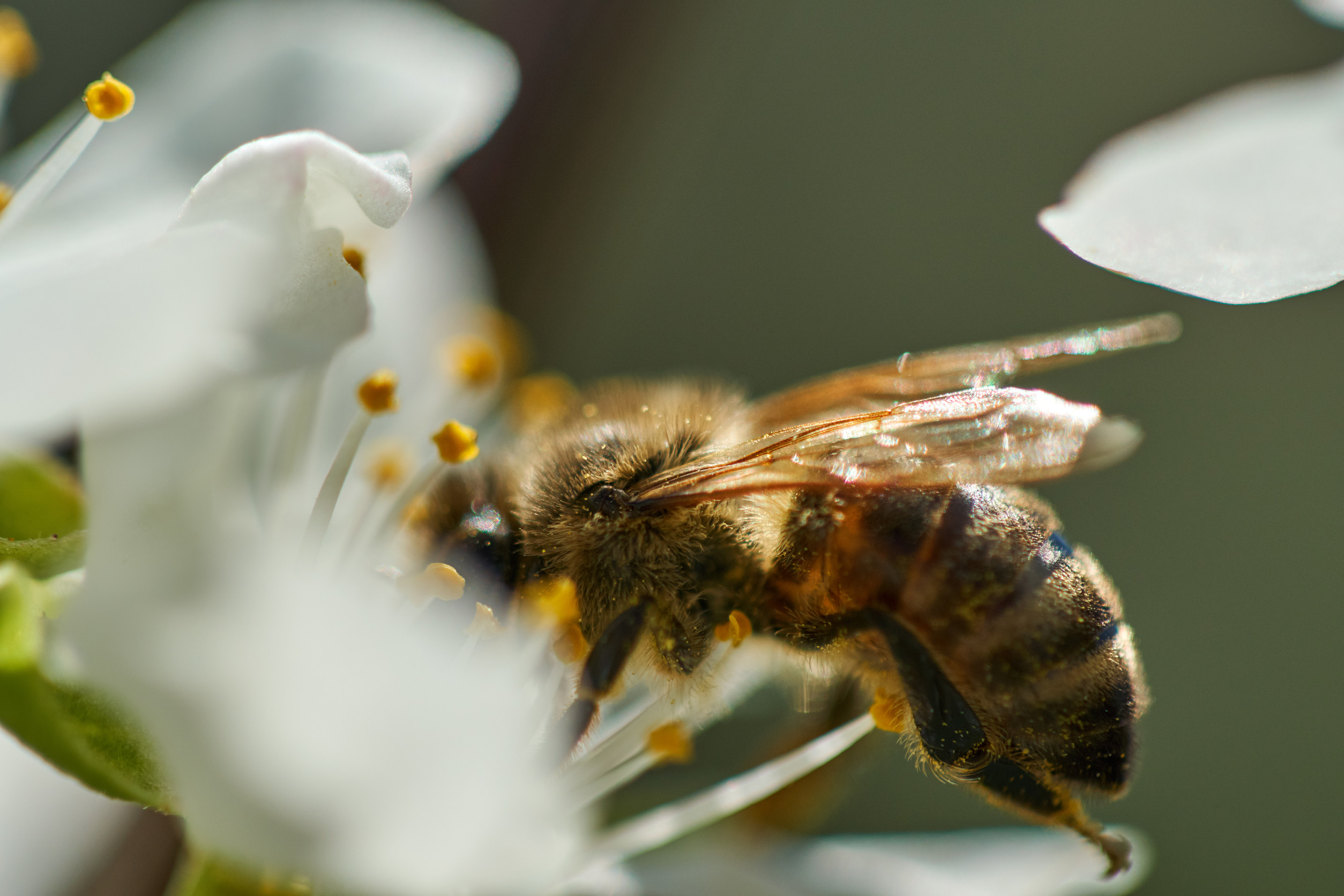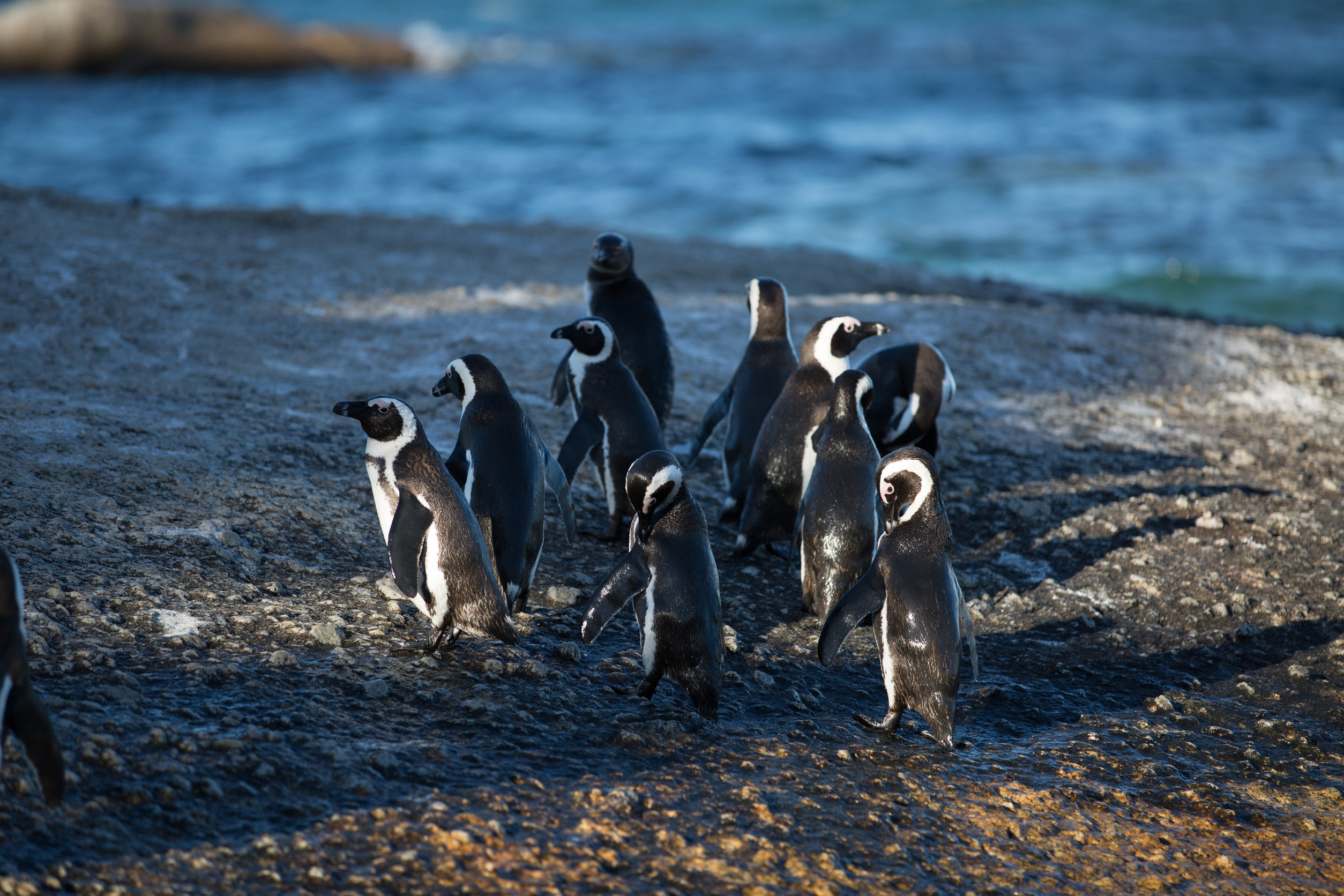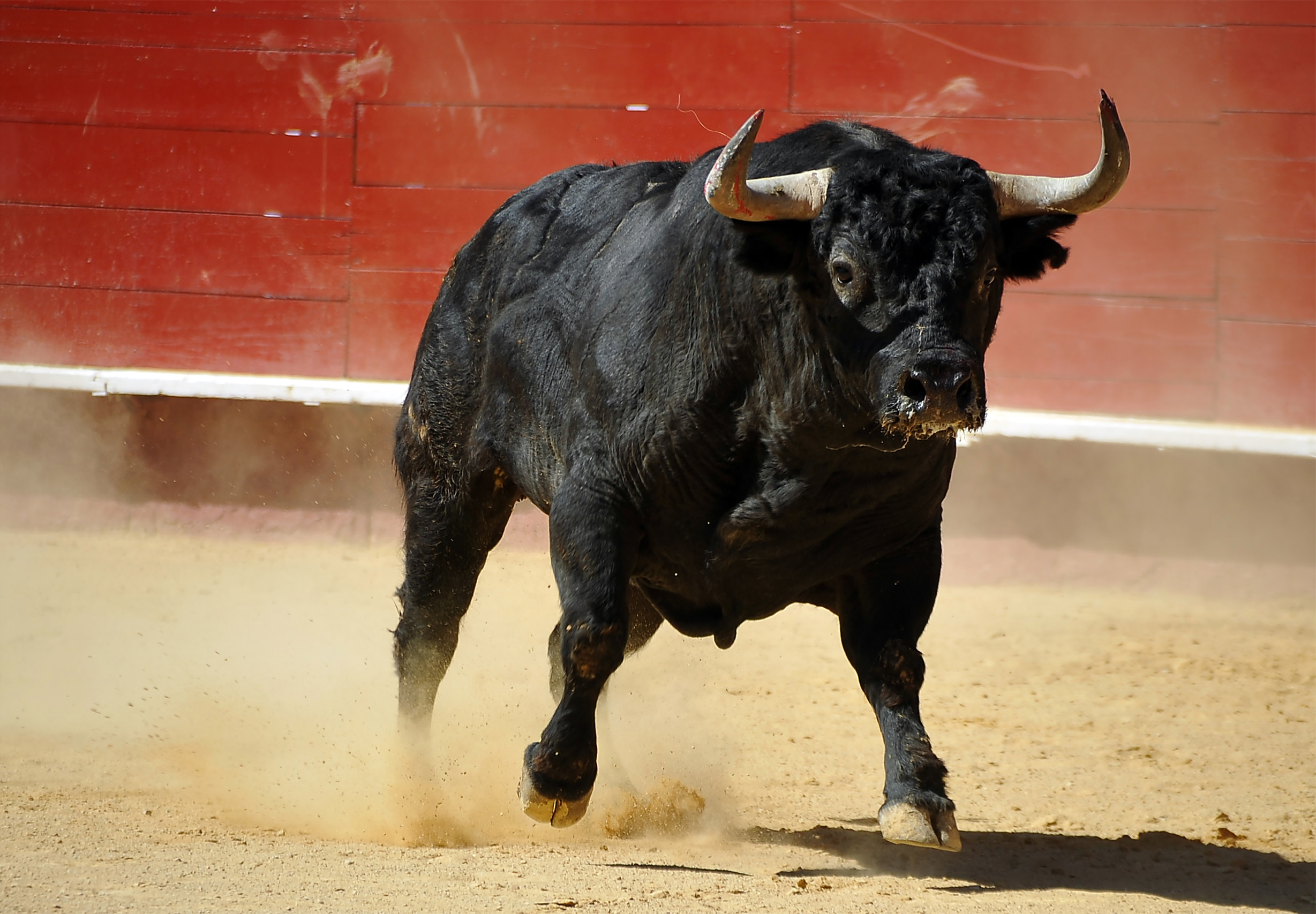One of the unfortunate side effects of air travel is increasing collisions between birds and aircraft. These incidents, which are known as bird strikes, kill thousands of birds each year and can also cause damage to aircraft, cause flight delays, and even cancellations. This costs the International Civil Aviation Organization an estimated $1.4 billion each year.
Airport wildlife management teams currently use a variety of deterrents, including drones and birds of prey, including falcons, to try to scare birds away from the airport grounds. However, the breeding and training of falcons are not cheap, and the birds can be challenging to manage.
The University of Groningen in the Netherlands has been working on an alternative solution: robotic peregrine falcons.
Meet the RobotFalcon
The RobotFalcon has a wingspan of 27.5 inches and is made of fiberglass and Expanded Polypropylene (EPP). The device, which is controlled from the ground, mimics the movements of the large and powerful falcon. It has a propeller on each wing and a camera mounted on its head to provide a “first-person view while steering.” According to a recent study, the RobotFalcon proves to be highly effective at keeping birds away.
Rolf Storms, one of the report’s authors, says that during a series of tests conducted in 2019 the RobotFalcon managed to successfully deter all flocks from fields within five minutes of starting its flight, with 50 percent of the sites cleared within 70 seconds.
Drone versus RobotFalcon
Compared to a drone, the RobotFalcon was found to be superior, with the drone only clearing 80 percent of the birds in the same amount of time.
“There is a need for novel methods to deter birds,” reads the Journal of the Royal Society Interface report. “And we show that the RobotFalcon can make a major contribution to filling that niche. ”
It successfully and quickly cleared fields of corvids, gulls, starlings, and lapwings, with discouraged flocks staying away for hours.
In terms of comparisons with actual birds of prey, the authors stated that the RobotFalcon was a “practical and ethical solution” with the “advantages of live predators but without their limitations.”
However, that’s not to say that the RobotFalcon isn’t without its drawbacks. The report points out that it must be piloted by trained pilots, that flights cannot take place in rain or strong winds, and that its 15-minute battery life is limiting.
The authors also note that the robot bird was ineffective at deterring larger species such as geese or herons. A larger robot resembling a bird such as an eagle may be required for this purpose.
“Over the course of the fieldwork, the reaction of the birds (measured by the distance at which they initiated flight, the flight initiation distance) did not change,” Storms tells CNN Travel.
“This can either indicate a lack of habituation of birds or be caused by us deterring new naive birds each day due to the turnover of the bird population. Regardless, it shows that the method remains effective over prolonged periods of time.”
Storms went on to say that airports and air bases should consider using the RobotFalcon alongside existing deterrence methods “for the highest effect.”
A potential solution for a growing problem
According to the Federal Aviation Administration, there were over 17,000 wildlife strikes at 753 US airports in 2019. (FAA).
The FAA has a Wildlife Strike Database that tracks the incidents, which have been on the rise in recent years, rising from around 1,800 in 1990 to 16,000 in 2018.
“Expanding wildlife populations, increases in the number of aircraft movements, a trend toward faster and quieter aircraft, and outreach to the aviation community all have contributed to the observed increase in reported wildlife strikes,” reads the FAA website.
Hopefully, the RobotFalcon will help address the growing problem of wildlife strikes.











